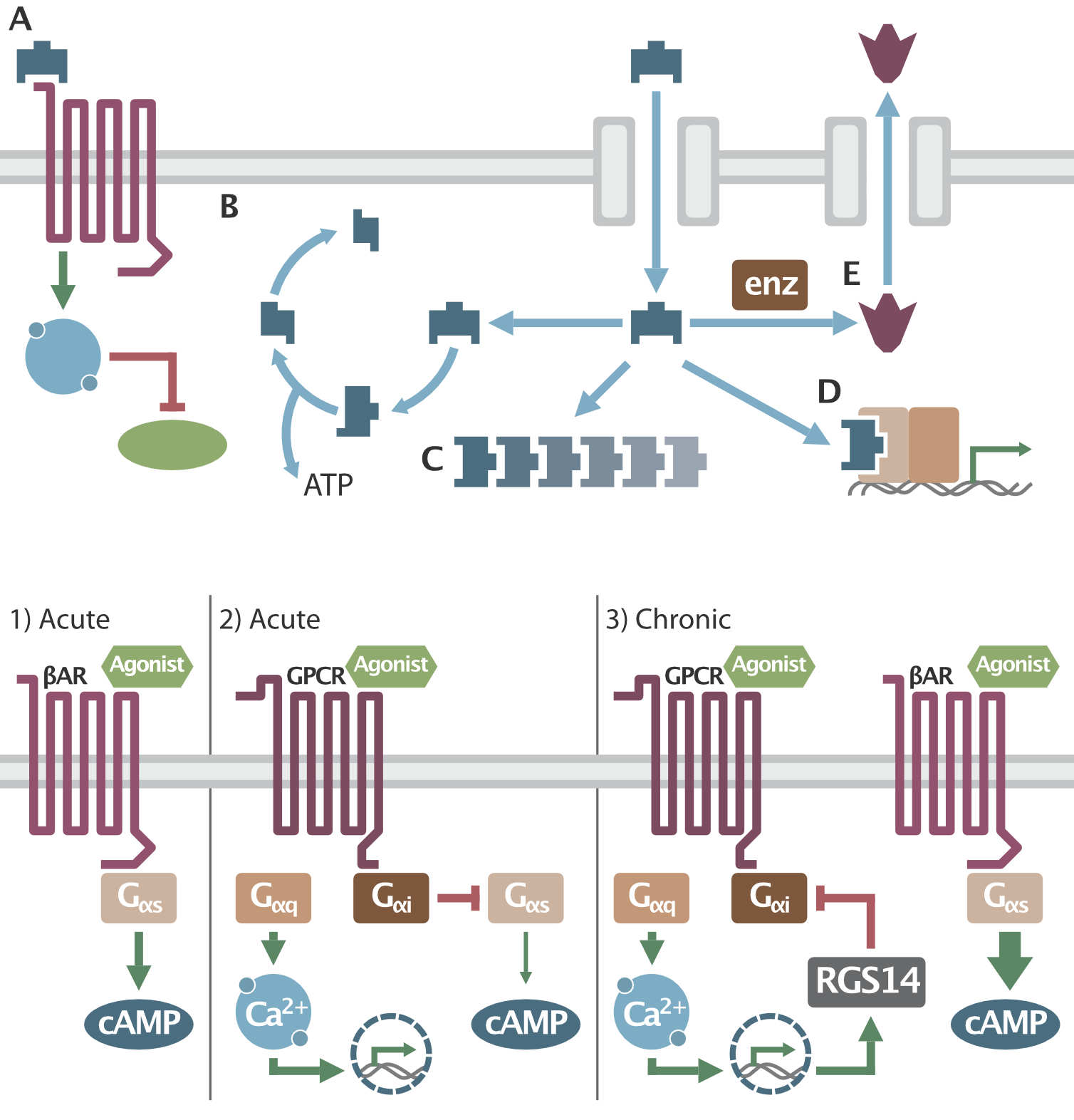Food, exercise, inflammation and mental health. The ultimate connection.

Obesity ultimately results from an imbalance between energy intake and expenditure. However, in addition to their bioenergetic value, nutrients and their metabolites can function as important signalling molecules in energy homeostasis. Indeed, macronutrients and their metabolites can be direct regulators of metabolism through their actions on different organs. In turn, target organs can decide to use, store or transform the incoming nutrients depending on their physiological context and in coordination with other cell types. Tryptophan-kynurenine metabolites are an example of a family of compounds that can serve as systemic integrators of energy metabolism by signalling to different cell types. These include adipocytes, immune cells and muscle fibres, in addition to the well-known effects of kynurenine metabolites on the central nervous system. In the context of energy metabolism, several of the effects elicited by kynurenic acid are mediated by the G-protein-coupled receptor, GPR35. As GPR35 is expressed in tissues such as the adipose tissue, immune cells and the gastrointestinal tract, this receptor could be a potential therapeutic target for the treatment of obesity, diabetes and other metabolic diseases. In addition, metabolic disorders often coincide with states of chronic inflammation, which further highlights GPR35 as an integration node in conditions where inflammation skews metabolism. Defining the molecular interplay between different tissues in the regulation of energy homeostasis can help us understand interindividual variability in the response to nutrient intake and develop safe and efficient therapies to fight obesity and metabolic disease.
The weight of nutrients: kynurenine metabolites in obesity and exercise
Dadvar S, Ferreira DMS, Cervenka I, Ruas JL
J Intern Med. 2018 Nov;284(5):519-533



